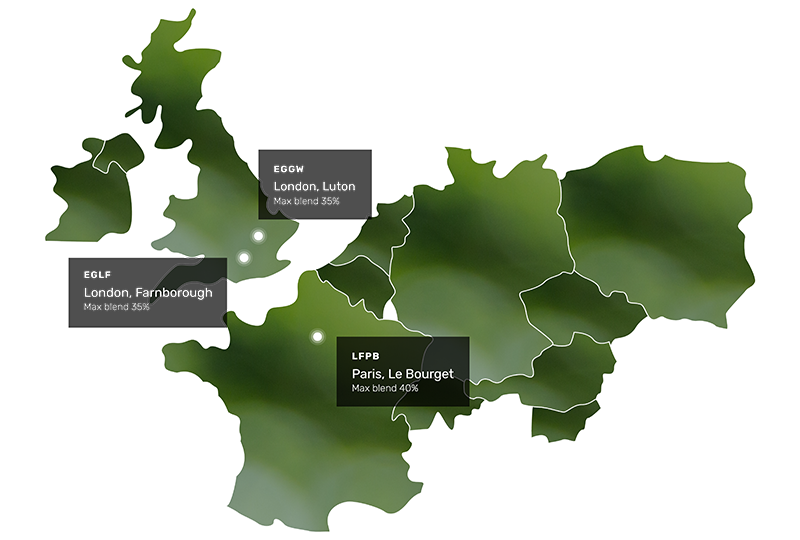Sustainable Aviation Fuel
Defining Sustainable Aviation Fuel (SAF)
Sustainable Aviation Fuel represents a significant advancement in the quest for greener aviation. Sustainable Aviation Fuel, otherwise known as SAF, is a non-fossil-derived alternative to conventional jet fuel. A ‘drop-in fuel’ that can be safely blended with conventional jet fuel at a maximum ratio of 50%, requiring no modifications to existing aircraft engines or infrastructure.
The primary importance of SAF lies in its potential to reduce CO2 lifecycle emissions by up to 80% compared to conventional jet fuels. This reduction is pivotal in the global effort to combat climate change and align with international environmental sustainability goals. SAF not only helps in mitigating the environmental impact of aviation but also enhances energy security by diversifying fuel sources.
For sustainable aviation fuel to be eligible for its use of the term ‘sustainable’ it must adhere to eligibility criteria defined at a macro level.

There are several production pathways for sustainable aviation fuels; bio-SAF derives from agricultural residue sources called feedstocks, including used cooking oil, algae, forestry residues, and even municipal waste. Meanwhile, e-SAF is a synthetic fuel derived from renewable energy sources.

Luxaviations’s Initiatives for Green Aviation
Sustainable Aviation Fuel is available for the Luxaviation Group in different locations. To ensure that clients can opt for this greener alternative during their travels, our SAF map allows clients to visualise the availability of SAF at different locations, facilitating informed and eco-conscious travel planning.
To enquire about more information, please contact your regional Luxaviation sales representative.
SAF in Luxaviation’s Greenhouse Gas Emission Reduction Strategy
Luxaviation commits to displaying factual and evidence-based data, setting a benchmark as one of the first in the industry to publicise its direct emissions from conventional jet fuel combustion. Structured around three fundamental pillars, Luxaviation Group places SAF at the core of its greenhouse gas (GHG) emission reduction strategy, underscoring our efforts to support the adoption of pioneering fuel alternatives.












